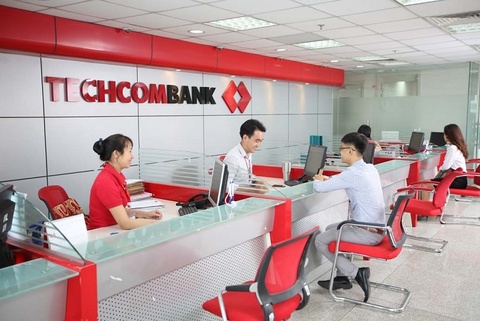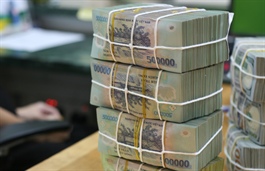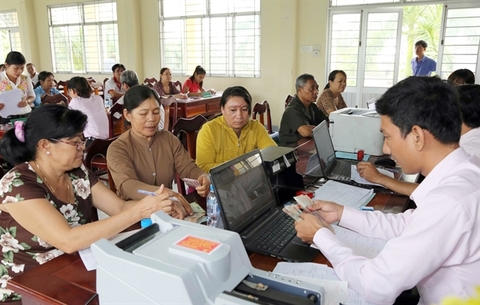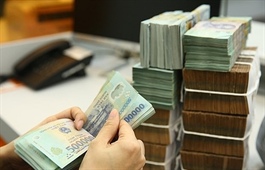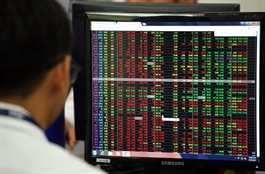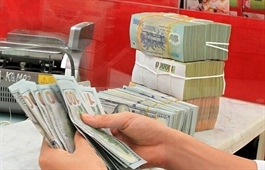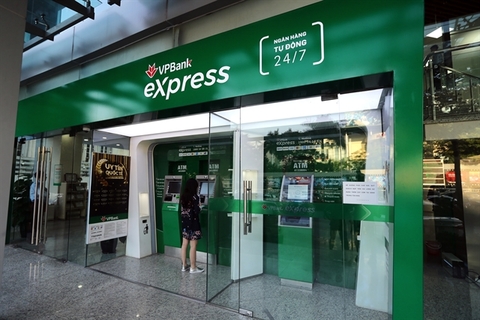Fitch assigns Vietnam's EVNHANOI firts-time 'BB' rating with stable outlook
Fitch assigns Vietnam's EVNHANOI firts-time 'BB' rating with stable outlook
Fitch assesses EVNHANOI's Standalone Credit Profile at 'bb', the same as that of EVN and the Vietnam sovereign rating (BB/Stable).
Fitch Ratings has assigned Vietnam's utility firm Hanoi Power Corporation (EVNHANOI) a Long-Term Foreign-Currency Issuer Default Rating (IDR) of 'BB' with a Stable Outlook.
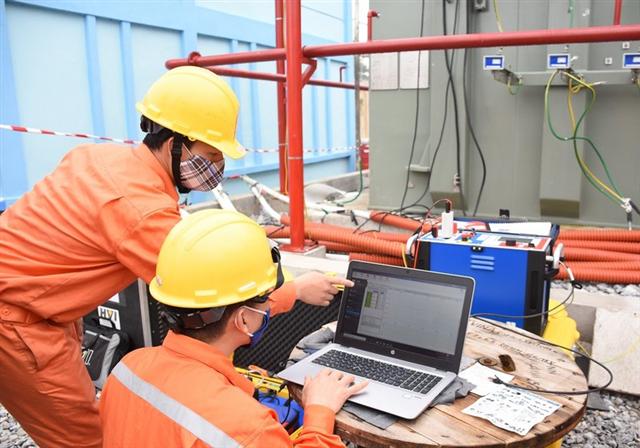
Fitch assigns Vietnam's EVNHANOI firts-time 'BB' rating with stable outlook.
|
EVNHANOI's rating is based on the consolidated credit profile of Vietnam Electricity (EVN, BB/Stable), the country’s sole power distributor and owns 100% of EVNHANOI, in line with Fitch's Parent and Subsidiary Rating Linkage Criteria, stated the rating agency.
The consolidated rating approach is driven by strong integration of EVNHANOI's credit profile with that of its parent.
This is due to the fact that EVN determines EVNHANOI's profits through a bulk-supply tariff setting mechanism. This bulk-supply tariff aims to cover EVNHANOI's costs and earn profits that allow the company to maintain operations and meet investment plans.
EVN also appoints EVNHANOI's key management, approves its business and investment plan, oversees the subsidiary's financial management, and approves key executives' compensation packages. Around 20% of EVHANOI's total borrowings at end-2019 were guaranteed by EVN.
Meanwhile, Fitch assesses EVNHANOI's Standalone Credit Profile (SCP) at 'BB', the same as that of EVN and the Vietnam sovereign rating (BB/Stable).
EVN's SCP benefits from its position as the owner and operator of Vietnam's electricity transmission and distribution network, and the company's near 53% share of the country's installed generation capacity. Under Fitch's Government-Related Entities Rating Criteria, EVN's ratings will be equalized with that of the sovereign should its SCP weaken, provided the likelihood of state support remains intact.
According to Fitch, Hanoi's electricity demand is set to grow by 4% in 2020, lower than last the average of 8.4% in the last four years, due to effects from the coronavirus pandemic, while demand is predicted to grow by around 7% per year after 2020.







